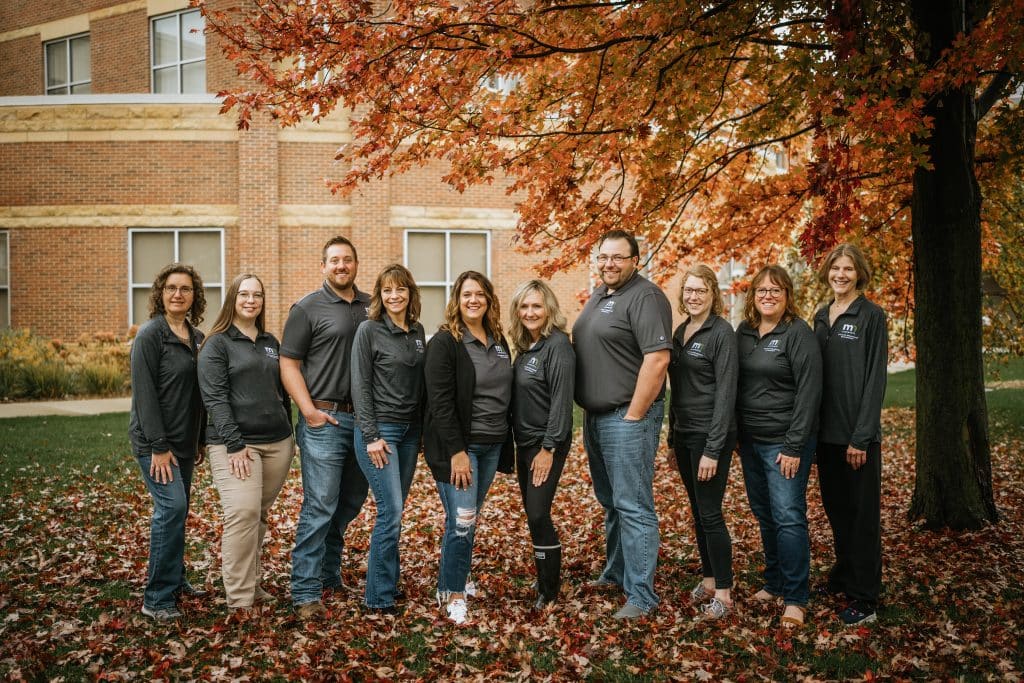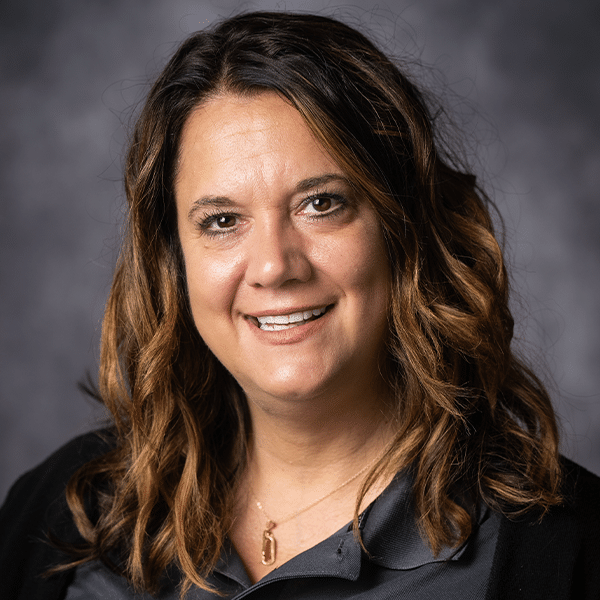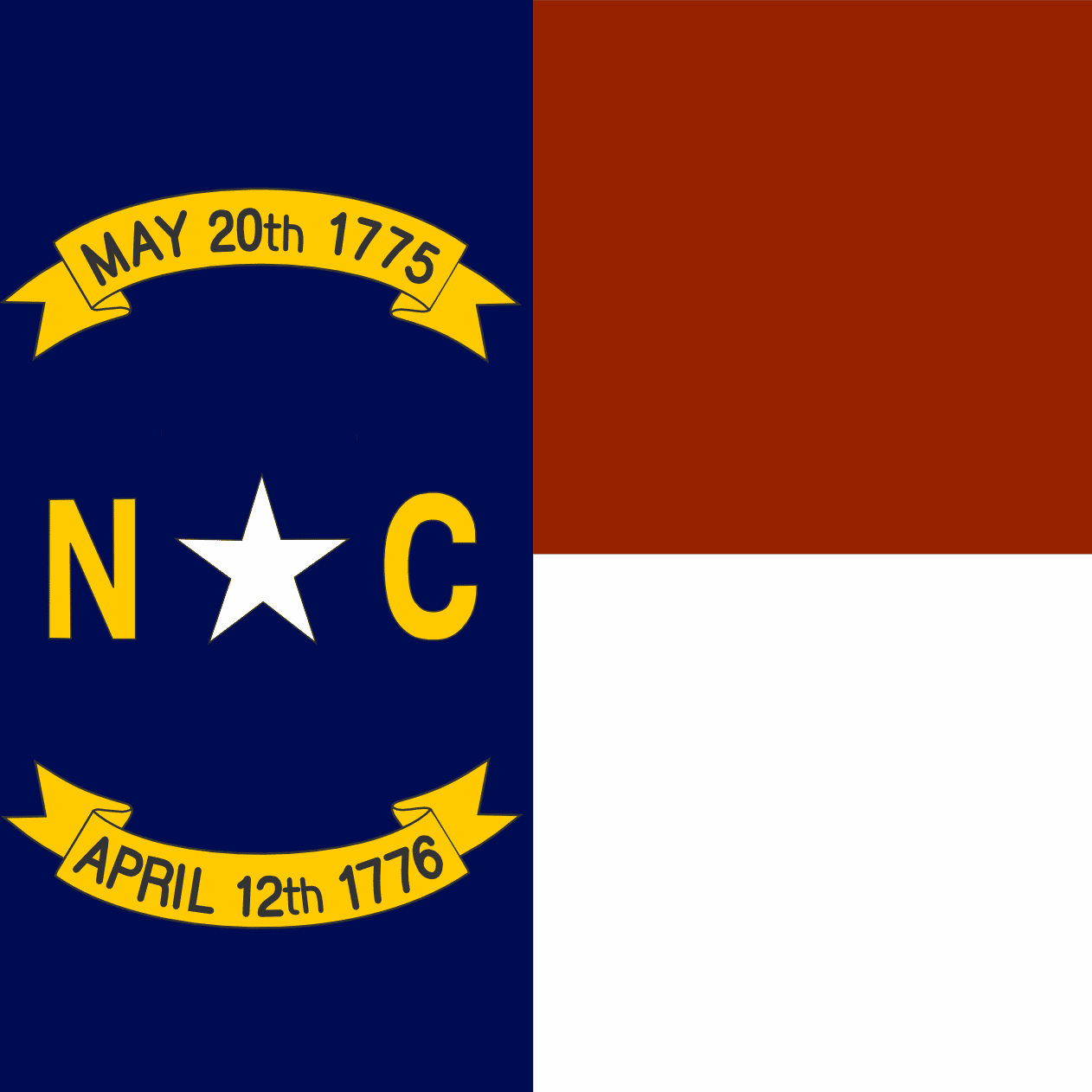Minnesota didn’t wait for the federal government’s help to make funding available for rural broadband deployments. The state’s Border to Border program, established years ago, is often cited as a model for rural broadband funding.
That heritage should help the state as it moves forward on implementing its portion of the BEAD rural broadband funding program. The state is slated to receive $652 million in BEAD funding.
Bree Maki, Minnesota’s executive director of the Office of Broadband Development, explained in an interview with Telecompetitor that while her job first and foremost is to represent and advocate for the state’s interests in the BEAD program, that can be tricky sometimes due to conflicting requirements among the different entities involved.
“It can be challenging to align exactly (to BEAD requirements) when we already have programs in place that work well and a state law that directs our office to flow the BEAD funding through those existing programs… so at times I need to challenge suggestions and guidance to ensure that Minnesota’s broadband program can continue to be successful and comply with state law.”
Maki is referring to Minnesota’s “Border to Border” program, put in place in 2014 by a bipartisan law authored by then-State Senator Matt Schmit (now director, Illinois Office of Broadband). Over the past 10 years, the program has been investing legislatively directed funding in broadband infrastructure in Minnesota.
It is a linchpin of the state’s 2016 mandate that by 2026 “all Minnesota businesses and homes have access to at least one provider of broadband with download speeds of at least 100 megabits per second and upload speeds of at least 20 megabits per second.”
Traditionally a leading state in delivering broadband to its citizens, Minnesota now finds itself at odds with a broadband definition that the FCC itself recently changed. The federal definition of broadband was recently increased from 25/3 to 100/20, yet the lower speed was the delineation when determining “unserved” for BEAD.
“We’ve been told that states know best and we are eager to get going [allocating BEAD funding], but some of the NTIA guidelines and requirements can make it challenging,” Maki said. “We may need to apply for waivers because our definitions of broadband — and what is considered unserved and underserved — are different than BEAD.”
The BEAD program considers a location unserved if service levels are below 25/3 and underserved if service levels are between 25/3 Mbps and 100/20 Mbps. However, the state of Minnesota considers a location to be unserved if it lacks wired broadband service of 100/20 Mbps.
Under the BEAD definition of unserved, it appears that Minnesota has 134,850 unserved locations. Using the state’s definition of unserved adds 100,000 more locations.
OBD Background
During the 2013 session, Minnesota’s State Legislature created the Office of Broadband Development (OBD) within the Minnesota Department of Employment and Economic Development (DEED).
“Minnesota collectively supports broadband; this is not a partisan issue,” explained Maki. “We recognize and value the economic benefits that connectivity delivers to the state.”
The state’s Border-to-Border Grant Program, established in 2014, in combination with a “Low Population Density” and “Line Extension Program” added in 2022, have awarded nearly $350 million in grants in the past 10 years to serve 112,000 sites.
As for the actual broadband team, it has doubled to 12 employees in the past year, an expansion that Maki said addresses the fact that the office was understaffed prior to and in anticipation of the BEAD funding the office will handle. “My team’s commitment is incredible — they live and work in these communities and they’re here to make a difference,” said Maki.

CPF and Other Things
In 2022, the Minnesota Legislature created the Line Extension Program to pick up those individual locations or pockets of locations very close to fiber but not connected. So far, more than 800 homes have been approved in the provider bidding process for the program and connections are starting to happen. Maki explained that the average line extension costs so far have been around $9,000 per passing.
On the Capital Project Funds (CPF) front, Minnesota’s $130.7 million for broadband has all been allocated and awarded through the Border-to-Border program and Low Population Density program. Another $15 million of CPF funding was directed by the legislature for the Line Extension Program, which has a rolling application process that will use up that funding by the end of this year. In March, OBD unveiled another $53 million in grants for 24 projects that will connect an additional 8,900 Minnesota locations using state funding.
Next Up, BEAD and a Challenging Timeline
Both Volumes 1 and 2 of Minnesota’s initial BEAD proposal are in the first of what Maki anticipates being numerous “curing” stages.
Her estimate is that it will take the summer to cure and run the challenge process. Curing is a significant challenge as the NTIA and Minnesota come together to resolve who is eligible for BEAD dollars and how the differences in the general BEAD guidelines can be meshed with state law requirements, as well as resident and business expectations that the BEAD funding will bring them a fiber broadband service.
“We have to refine our list of sites that need to be connected and match them with BEAD-eligible locations,” Maki said. “We have $652 million for roughly 135,000 locations and the administrative and technical funds needed to achieve Internet for All as defined by NTIA.”
She isn’t shy when expressing whether BEAD funding is enough for what Minnesota defines as universal access: she believes unequivocally that it is not.
BEAD is also a tad late to lend much assistance to Minnesota’s 2026 statutory 100/20 Mbps deadline. More specifically, the curing process combined with the 365 days required for applications from and vetting of subgrantees might not put checks in-hand until fall 2025. Weather challenges in a cold-weather state like Minnesota mean that shovels probably won’t be in the ground until spring 2026.
Groomed for This
Maki joined the OBD as its lead in October 2022, taking a role in both telecom and government, for which she was more than prepared.
“When I applied for this job, it was a real full-circle moment for me,” Maki described. “I served Minnesota Senators Smith and Franken as the Minnesota Broadband and Telecomm Outreach Director, so this job at DEED as the Office of Broadband Development executive director is really the culmination of my career.” Senator Smith was the state’s lieutenant governor when the office was created in 2013.
Maki is the first to admit that she’s in her role not for her technical know-how of connectivity, but rather because she’s adept at connecting, identifying barriers, and bringing stakeholders and partners together to chart a course of action.
When asked why she took on such a big job in the public sector, she explains, “Public service is hard work, but I take it as a privilege. It is an honor to be in this role and it’s where my heart is.”
In the end, Maki looks forward to the day when she can look back and see the differences she and her office made for Minnesotans. And when she looks back, however “broadband” and “underserved” are defined, Maki is confident that the OBD will have her state strongly positioned to succeed in the digital economy and to support DEED’s mission to empower the growth of Minnesota’s economy and opportunities — for everyone.


